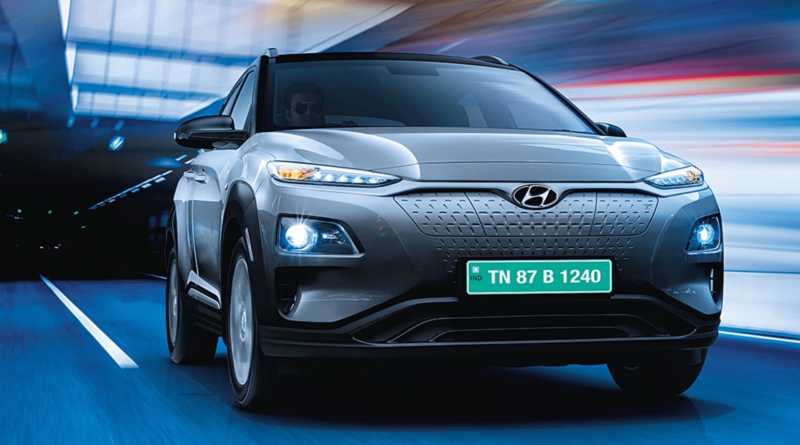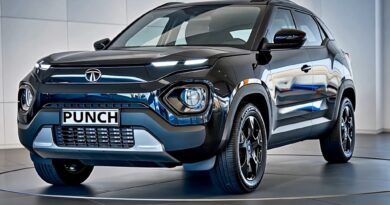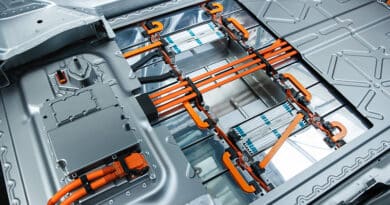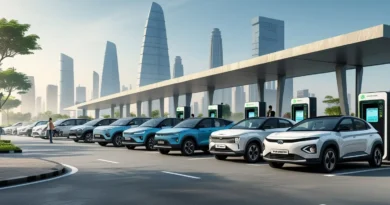Hyundai Kona Electric
Hyundai first unveiled the Kona for the 2018 model year, and the all-electric variant was released the following year. Nevertheless, because Kona Electric is considered one of the greatest EVs available, more awareness will undoubtedly increase.
It has everything we require. There are numerous technological and security features, 258 miles of endurance, and basic rapid charging. We’ll appreciate how it drives as well. The Kona Electric pulls back in curves and accelerates with a satisfying zip. It’s enjoyable in a way that defies our expectations for an electric vehicle.
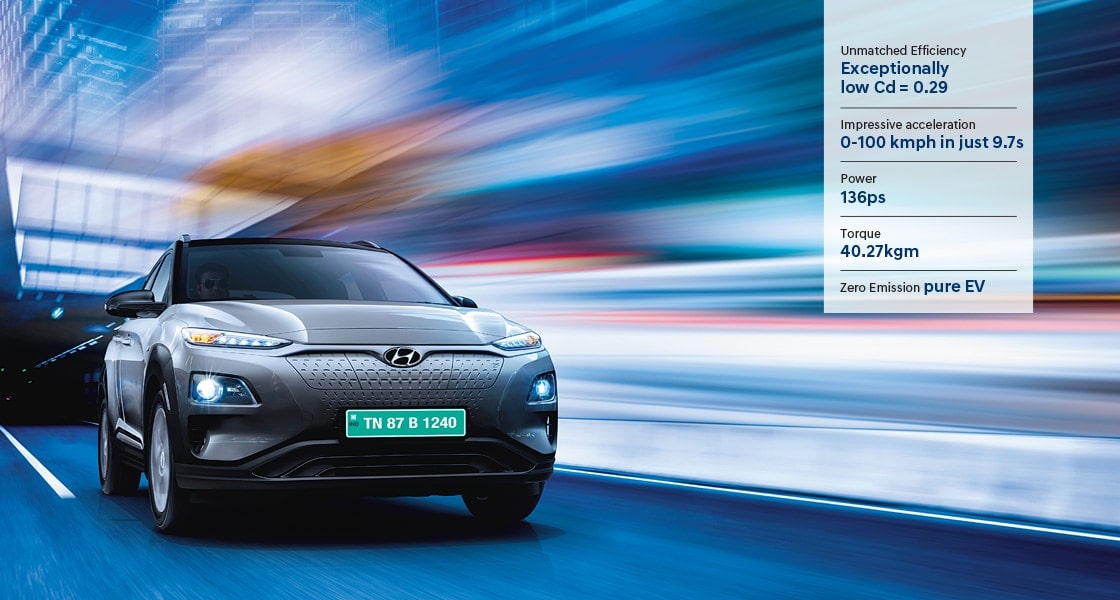
Table of Contents
The Kona Electric’s mode of power.
The Kona Electric is touted as a crossover SUV but drives more like an electric performance hatchback. It accelerates quickly, makes transitions to freeways without issue, and handles steep slopes without a problem. At our test track, we recorded a lively 0-60 mph pace of 6.6 seconds.
The Kona Electric also has a quick turn-around and feels stable and calm when making turns. Even though eco-friendly tires don’t provide much grip, driving is enjoyable. For casual driving, the Kona Electric is comfortable and simple to use. The regenerative braking system’s three customizable levels are another feature we enjoy. They are utilizing the paddles on the steering wheel. We can activate even more excellent regenerative braking and use it to stop the vehicle completely by pulling and holding the left paddle.
Kona Electric Pros
- long 258-mile driving range
- It’s enjoyable to drive because of the quick acceleration and agile handling.
- a cozy and peaceful cabin
- several common technological aspects
Kona Electric Cons
- restricted rear legroom
- Availability is only present in a few states.
Exactly how comfortable is the Kona Electric?
The Kona Electric has poise on the road that is uncommon for cars in this category. When we drive over bumps, the car’s motions are reduced thanks to the low-slung mass of the battery and the smart rear suspension system. We also appreciate the cozy and supportive front seats in the Kona. Although the seatback angle is pleasant in the back, the seat bottom is slightly flat.
The electric motor is silent at any speed, and when traveling down a highway, there is no sign of wind or road noise. The Kona’s sound can be heard inside the vehicle until it fades at roughly 18 mph when all-electric vehicles are required to transmit a reduced pedestrian alert sound as of 2019. The ethereal tone was well-liked by some of our editors. Others detested it.
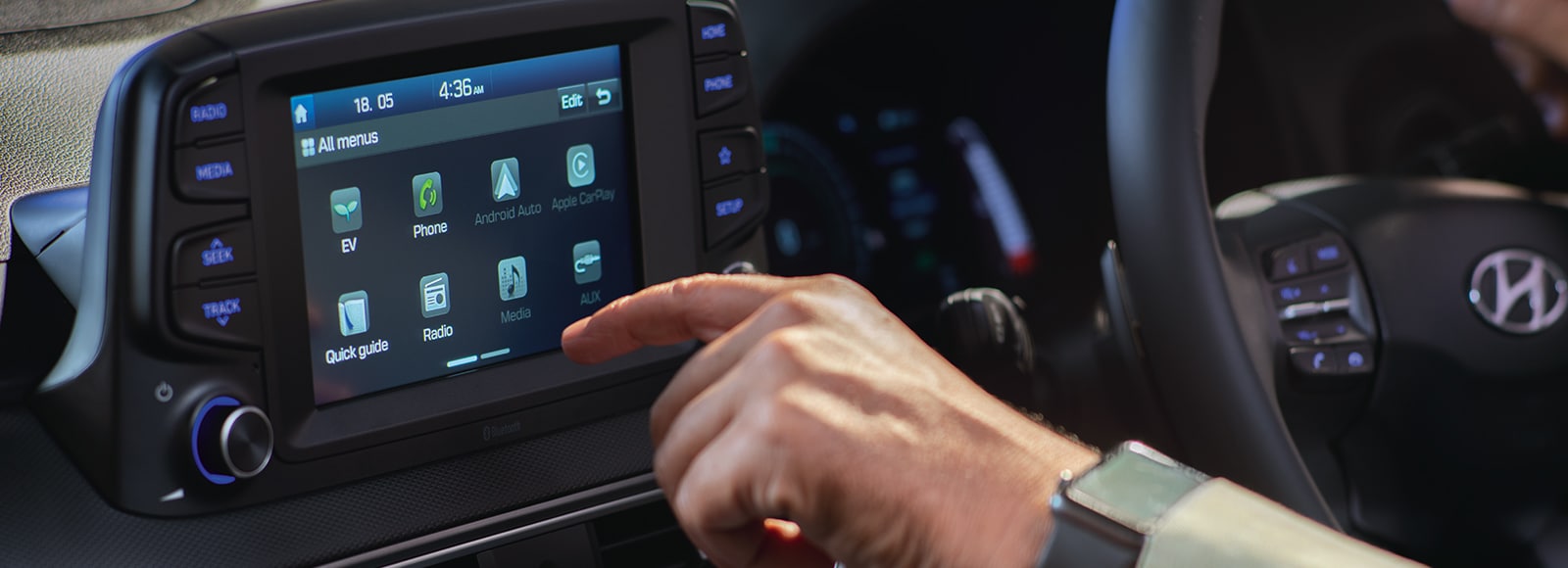
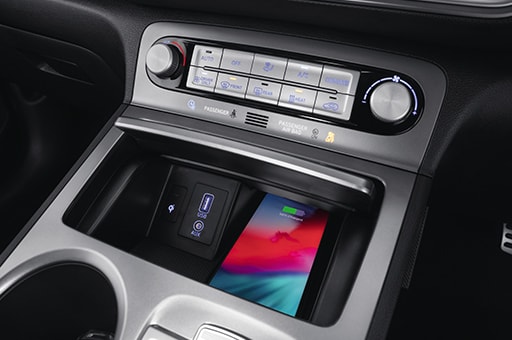
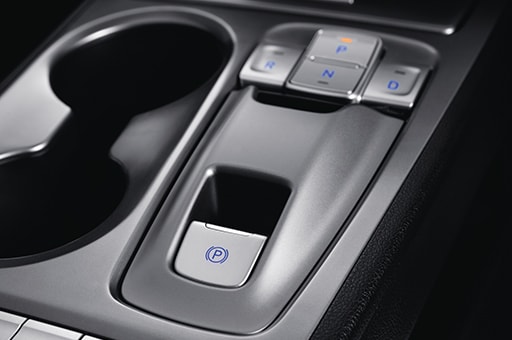
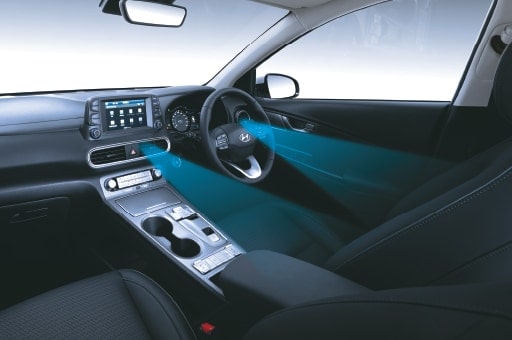
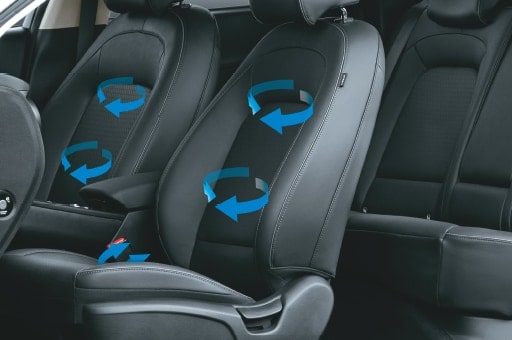
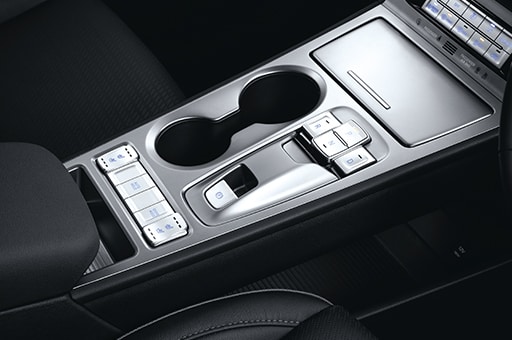
How is the inside?
That of the Kona Electric is largely similar to the interior of ordinary Kona. The controls are arranged slightly differently on the Electric, and the center console is more noticeable. However, they are appealing and simple to use. The touchscreen interface is straightforward to use and groups similar tasks together.
Despite a dashboard that takes up some space, the inside seems spacious, with ample head- and leg up front. Not as roomy as the back seat. Legroom is limited if the driver’s seat is retracted considerably farther than the center of its sliding range despite the spacious seat area and good headroom.
How is the tech?
Don’t be deceived by the graphics of the entertainment system, which are old-fashioned and dull. Thanks to oversized volume and adjusting knobs, shortcut buttons along the screen’s edge, and logical virtual controls on the responsive touchscreen, the system is well-designed and simple to operate. The sound quality from the supplied Infinity audio system is excellent.
The Kona Electric’s base SEL model comes with almost all available driving aids. A more advanced adaptive cruise control technology that operates in stop-and-go traffic is available on the Ultimate top trim. These technologies are generally efficient and less intrusive.
What is the storage condition?
Although not the largest we’ve seen, the Kona’s cargo compartment behind the back seats is well-designed. Behind the back seats, luggage can fit comfortably when folded lengthwise. The Kona Electric features enough front storage for small stuff like water bottles and cell phones.
If we have weng children, this EV is not a wise choice. The door opening is large enough to prevent any issues, and the rear safety seat anchors are simple to reach. However, due to a lack of space in the rear cabin, large rear-facing baby seats cannot be installed without dramatically moving the front seat forward.
How are the efficiency and range?
The Hyundai Kona Electric’s 258-mile range rating from the EPA places it at the top of the inexpensive EV class. We put it to the test in the real world, and it more than lives up to expectations. Researchers observed 315 miles of range in Edmunds’ EV test, which is 30 miles more than the Kia Niro, which came in second.
In contrast to the EPA’s prediction, the Kona Electric performed significantly better in our tests, needing only 22.3 kWh for every 100 miles driven. Although it may not be the most efficient car in its class, it comes close.
Is the Kona Electric worth the price?
The interior of the Kona Electric is where the superior quality construction of the vehicle is most noticeable. The controls and knobs feel nicely built, the materials look great, and the panel fits perfectly. Although it wasn’t constructed to luxury standards, it is nonetheless rather attractive.
The Kona also offers excellent value. We receive a lot of basic techniques and safety features for the price we spend. Furthermore, Hyundai offers a comprehensive warranty program, including three years of free planned service and warranties of five years or 60,000 miles for the entire vehicle and ten years or 10,000 miles for the power (including the battery).
A genuine 240-volt wall unit can fully charge the Kona’s 7.2-kW onboard charger in around nine and a half hours from an empty battery. Although it never reached a peak higher than about 75 kW throughout our testing, it has a reported DC fast-charging capability of up to 100 kW.
Although the Kona’s rounded front and grey wheel-arch body cladding may spark debate, this electric vehicle is much more fun to drive than we anticipated, given its crossover classification. Its dimensions, strength, and poise are those of a performance hatchback. Furthermore, the 258-mile range allows us to ignore the vehicle’s powertrain and enjoy driving it.
To sum up
The SEL, Limited, and Ultimate trim levels are available for the 2020 Hyundai Kona Electric. The front wheels of each vehicle are driven by a 150-kW motor (201 hp, 291 lb-ft of torque) powered by a 64-kWh battery pack. The SEL comes with a considerable amount of standard equipment, and upgrading to the Limited or the Supreme adds a few more opulent and modern options.
FAQ’s
258-mile driving range
The on-road price of the electric Kona starts from Rs. 25,03,990.
The Kona also offers excellent value. We receive a lot of basic techniques and safety features for the price we spend. Furthermore, Hyundai provides a comprehensive warranty program, including three years of free planned service and warranties of five years or 60,000 miles for the entire vehicle and ten years or 10,000 miles for the power (including the battery).

